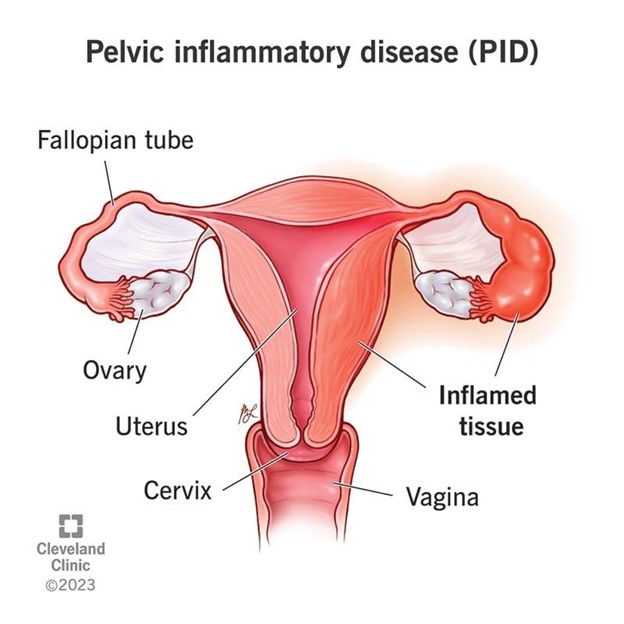A client's last menstrual period was April 11. Using Naegele's rule, her estimated date of birth (EDB) would be:
February 24
January 18
January 25
February 18
The Correct Answer is D
Choice A Reason: This is incorrect because it is too early. Naegele's rule is a formula that estimates the date of birth by adding one year, subtracting three months, and adding seven days to the date of the last menstrual period. Applying this rule to April 11 gives February 18, not February 24.
Choice B Reason: This is incorrect because it is too early. Naegele's rule gives February 18, not January 18.
Choice C Reason: This is incorrect because it is too early. Naegele's rule gives February 18, not January 25.
Choice D Reason: This is correct because it follows Naegele's rule. Adding one year, subtracting three months, and adding seven days to April 11 gives February 18.
Nursing Test Bank
Naxlex Comprehensive Predictor Exams
Related Questions
Correct Answer is ["2"]
Explanation
Step 1: Determine the total daily dose of quetiapine.
- The provider prescribes 50 mg every 12 hours.
- Total daily dose = 50 mg × 2 = 100 mg.
Step 2: Calculate the total dose for 3 days.
- Total dose for 3 days = 100 mg × 3 = 300 mg.
Step 3: Determine the dose per administration.
- The total daily dose is divided into two doses (every 12 hours).
- Dose per administration = 100 mg ÷ 2 = 50 mg.
Step 4: Calculate the number of tablets needed per dose.
- Each tablet is 25 mg.
- Number of tablets per dose = 50 mg ÷ 25 mg = 2 tablets.
Step 5: Confirm the number of tablets to be administered per dose on day 3.
- The dose per administration remains the same each day.
- Therefore, the nurse should administer 2 tablets per dose on day 3.
So, the nurse should administer 2 tablets per dose on day 3.
Correct Answer is A
Explanation
Choice A Reason: This is correct because recurrent pelvic infections, such as pelvic inflammatory disease (PID), can cause scarring and inflammation of the fallopian tubes, which can impair the normal movement of the fertilized egg to the uterus. This can increase the risk of ectopic pregnancy, which is a life-threatening condition where the fertilized egg implants outside the uterine cavity, usually in the fallopian tube.
Choice B Reason: This is incorrect because ovarian cysts are fluid-filled sacs that develop in or on the ovaries. They are usually benign and do not affect fertility or pregnancy. However, some types of ovarian cysts, such as endometriomas or dermoid cysts, may require surgery to remove them, which can cause damage to the ovaries or fallopian tubes and increase the risk of ectopic pregnancy.
Choice C Reason: This is incorrect because use of oral contraceptives for 8 years is not a risk factor for ectopic pregnancy. In fact, oral contraceptives can reduce the risk of ectopic pregnancy by preventing ovulation and fertilization. However, if a woman becomes pregnant while taking oral contraceptives, she should stop taking them and consult her doctor, as they may have adverse effects on the developing fetus.
Choice D Reason: This is incorrect because heavy, irregular periods are not a risk factor for ectopic pregnancy. They may indicate other conditions such as hormonal imbalance, uterine fibroids, polycystic ovary syndrome (PCOS), or endometriosis, which can affect fertility or pregnancy, but not necessarily cause ectopic pregnancy.

Whether you are a student looking to ace your exams or a practicing nurse seeking to enhance your expertise , our nursing education contents will empower you with the confidence and competence to make a difference in the lives of patients and become a respected leader in the healthcare field.
Visit Naxlex, invest in your future and unlock endless possibilities with our unparalleled nursing education contents today
Report Wrong Answer on the Current Question
Do you disagree with the answer? If yes, what is your expected answer? Explain.
Kindly be descriptive with the issue you are facing.
